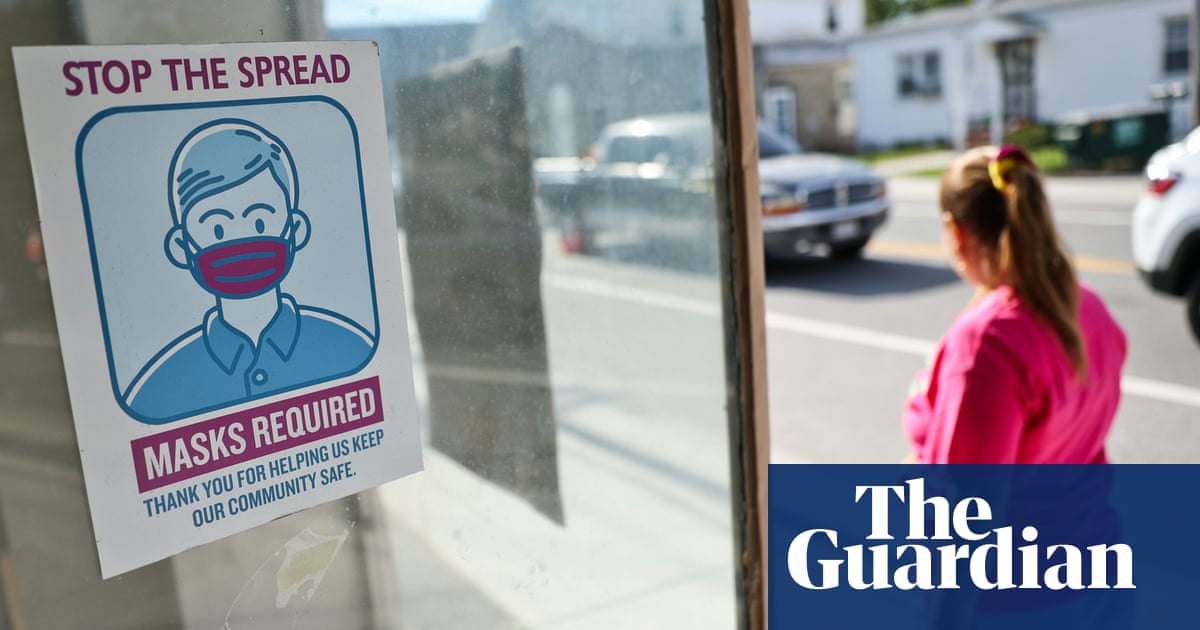A Deteriorating State of Pandemic Preparedness in the U.S.
The landscape of public health in the United States has grown increasingly troubling, particularly in the face of significant staff dismissals at health agencies and a response that has faltered amid outbreaks of diseases like bird flu and measles. Experts warn that the nation is less prepared for a potential pandemic today than it was before the onset of COVID-19.
The Understated Threat of H5N1
While the H5N1 strain, a form of avian influenza, has not received the same media spotlight during the Trump administration as under President Biden, it is a potent reminder of the dangers posed by influenza viruses. The current outbreak of H5N1 serves as a signal of deeper systemic issues in the U.S. healthcare framework. Experts assert that the country is inadequately equipped for whatever pathogen might next emerge on the global stage.
According to Angela Rasmussen, a virologist from the Vaccine and Infectious Disease Organization, the U.S. has not maintained pandemic preparedness at all. Key personnel changes and inadequate monitoring have exacerbated this vulnerability, isolating the country from crucial information that could flag the beginnings of outbreaks.
Concerns From Public Health Experts
Jennifer Nuzzo, an epidemiology professor at Brown University, expresses multiple layers of concern regarding the state of public health in the U.S. Much of this anxiety revolves around the reliability of information disseminated by health officials. In recent cases of measles, misinformation has been rampant, including unwarranted downplaying of risks associated with this highly preventable disease. “If a pandemic were to occur today,” warns Nuzzo, “the only thing we would have to protect ourselves on day one would be information.”
This lack of trust and clarity becomes even more critical amid the ongoing challenges associated with H5N1. Incomplete reporting on the outbreak and ineffective communication from health agencies raises alarm bells about the nation’s readiness to confront the next pandemic.
The Imperative of Disease Surveillance
The recent outbreak of H5N1 led to severe consequences, including the culling of 6 million chickens in Arizona due to infection fears. The ripple effects have already caused significant disruptions in the egg supply chain, yet the lack of human cases reported in recent months raises questions about effective monitoring systems. “We’re not testing— it’s not that there are no new cases,” asserts Rasmussen. The oversight in tracking infections reflects a grim situation whereby testing for exposure to sick animals has declined sharply after health agency redundancies.
Notably, prior to staff layoffs, the Centers for Disease Control and Prevention (CDC) was methodically testing people who had contact with infected animals, yielding a substantial number of detected cases. However, testing numbers have dwindled, which hampers any meaningful understanding of the outbreak’s scale and can indirectly facilitate the virus’s spread.
Erosion of Public Health Infrastructure
The issues underscoring America’s preparedness extend beyond merely lacking testing; they permeate through various levels of public health infrastructure. The CDC has faced budget cuts, including the clawing back of $11.4 billion that had initially been allocated for COVID-19 responses. Such measures compromise monitoring and response capabilities, forcing health departments into scramble mode.
Nuzzo warns of an “extremely bad” situation where foundational disease surveillance has deteriorated, leaving health authorities ill-equipped to identify new outbreaks before they gain traction. With international programs designed to monitor potential outbreaks worldwide shut down, the danger of a biosecurity gap increases.
The Impact of Policy on Vulnerability
Policies surrounding immigration present another layer of complexity to outbreak management, particularly with regard to undocumented populations who may be less inclined to report illness for fear of repercussions. “Nobody wants to go get tested if they’re going to end up in an ICE detention facility,” notes Rasmussen. This fear further obscures data on infections and diminishes access to necessary healthcare services.
Furthermore, while human infections of H5N1 remain rare, the disease’s potential lethality is serious—exhibiting a mortality rate of 52% among identified cases. Allowing such a virus to circulate unchecked not only risks escalated human infections but also sets the stage for mutations that could enable wider human contagion.
The Communication Crisis and Its Consequences
Poor public messaging has compounded fears about the response to public health emergencies. Effective communication is central to any public health strategy; however, deceptive narratives about vaccines and treatments—most notably during the ongoing measles outbreaks—are eroding the public’s trust in health officials. This diminishes the ability to protect citizens adequately.
Timing is also paramount; vaccines and other protective strategies take time to implement. A fast-moving disease, such as influenza, poses a threat during the delay, drastically increasing the risk of morbidity and mortality.
The cancellation of a $766 million contract with Moderna to develop an H5N1 vaccine points to troubling governmental priorities that may jeopardize public safety. The introduction of stringent test protocols for vaccine approvals may further hinder rapid response capabilities in the event of a pandemic.
The Grim Forecast Ahead
All these factors collectively contribute to a stark realization that the U.S. is arguably less prepared for pandemics than it was in 2020. Experts caution that systemic issues are not just potential threats for the future; they are already leading to increased vulnerability among the population. With ongoing declines in public health resources, coupled with waning trust in health agencies, the U.S. may find itself embroiled in preventable suffering long before the next major health crisis afflicts the nation.


